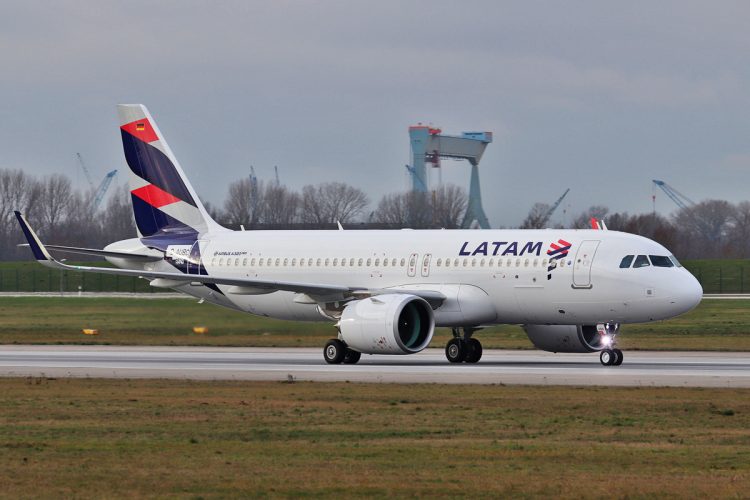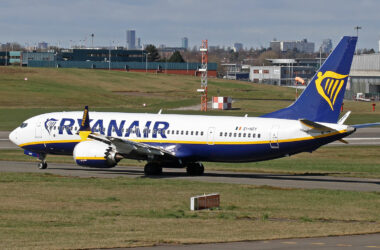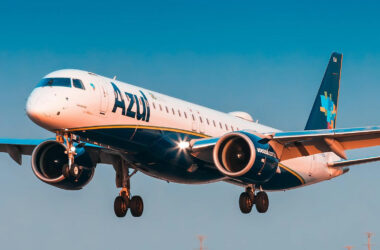It can be safely stated that every drop of jet fuel counts for an airline, even more so if it is Brazilian. With high aviation fuel taxes, Brazilian airlines have been operating at a loss for several years. For this reason, it is not surprising that two new commercial jets have been so well received in Brazil in recent times, Airbus’ A320neo and Boeing’s 737 MAX.
For the passenger they innovate little. The two planes have a more modern passenger cabin, some amenities and a quieter flight, thanks to their state-of-the-art turbofan. However, it is in the airline’s bank account that the two advanced variants of the A320 and the 737 make all the difference.
With improved aerodynamics and the new LEAP engine, produced by CFM International, the two aircraft have not only allowed new routes to be served nonstop, including intercontinental flights, but also for exceptional fuel economy.
The LEAP manufacturer also claims that the engine consumes 15% less jet fuel than the CFM-56 turbofan, one of the most widely used in the world – it equips most of the 737 in service today, for example.
The promise was proven by Gol Linhas Aéreas that since July 2018 operates the 737 MAX 8. After a slower start of operation, the Brazilian company decided to accelerate the renewal of its fleet with the jet. Only in the second half of this year, eleven new 737 MAX will be received through an operating lease with Avalon company.
“We were very impressed with superior fuel efficiency and MAX reliability. By accelerating our fleet renewal plan to this new technology, we can further reduce costs and open new international destinations for our customers,” said Paulo Kakinoff, CEO of Gol in past December.
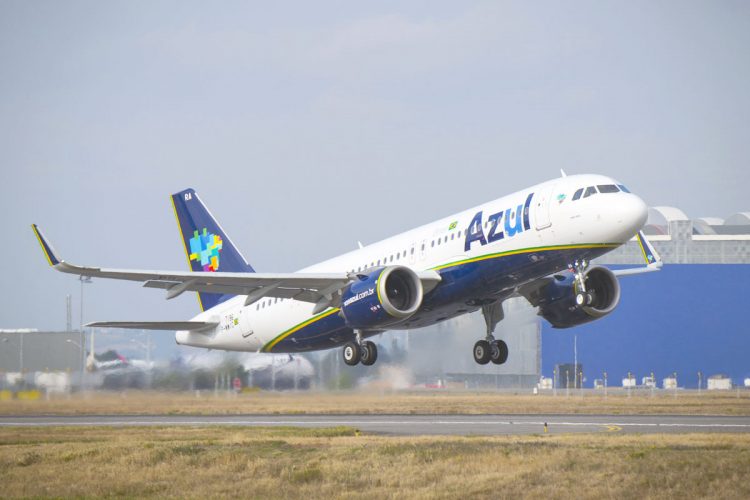
Same cost as an E195
A similar situation occurs with Azul Linhas Aéreas. The airline founded by entrepreneur David Neeleman had until recently its entire network of flights based on the Embraer E195 jet, but since the end of 2016 has been flying with the A320neo.
More capable than the Brazilian plane, the Airbus jet can carry 174 passengers against 118 E195 passengers, 47% more seats. But its cost per seat is no less than 29% lower than Embraer. According to an executive of the airline, the A320neo can cost the same as an E195 in flight, but take much more people.
It is no surprise that Azul has expanded the presence of the new jet in its fleet, including leasing aircraft that were in Avianca Brasil months ago and were taken over by its leasing companies after the company’s financial crisis.
“The A320neo aircraft contribute to a significantly higher revenue across all our business units,” said the CEO of Blue John Rodgerson last month when it announced that the company will end 2019 with 32 aircraft Neo, including the A321neo, the largest member family .
If both new airlines are the guarantee of a more efficient operation, two other Brazilian airlines have not yet been able to obtain a similar result.
Avianca Brasil has been using the A320neo for a long time, but at a high cost since the price paid for leasing the A320neo is much higher than the others. Since December in bankruptcy protection, the company struggles to keep airplanes flying while trying to negotiate payment for the lessors – today there would be only seven units of the model in its fleet, five fewer than in the past.
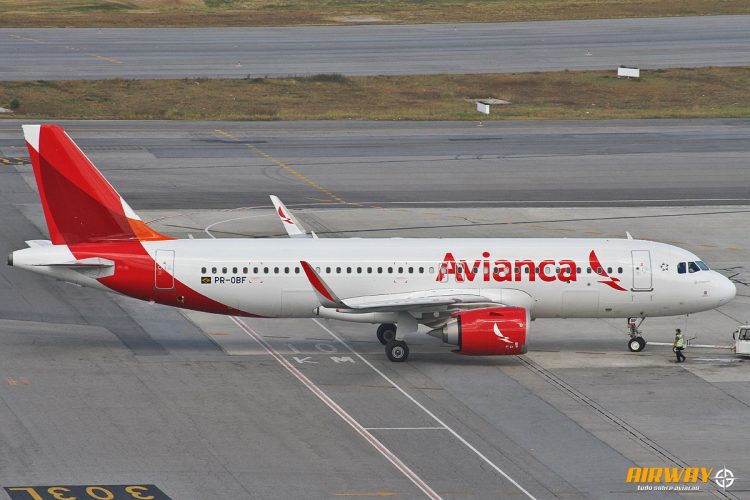
LATAM, which was the first customer of the A320neo in the Americas, decided to suspend the deliveries of the aircraft. The first two aircraft were short on fleet, being passed on to LATAM Chile last year. In recent weeks, however, the company resumed deliveries of the plane.
Unlike Azul and Avianca, LATAM has chosen another supplier for its engines, Pratt & Whitney who developed the PurePower PW1100G turbofan that promises similar economy to LEAP.
Complex engines
But not everything is perfect in this scenario. Although proven to be efficient, both engines have experienced recent difficulties. The PW1100G had issues with corrosion and its compressors that left some aircraft in the ground.
CFM had to deal with defects in high pressure turbines that needed to be replaced. The issue affected both the LEAP-1B version, used by the 737 MAX, and the LEAP-1A, which equips the A320neo.
According to a maintenance worker from one of the Brazilian airlines responsible for the LEAP turbofan, “it’s a very efficient engine and it can be more, but it’s also very complex, so problems are coming up with a certain frequency.”
Despite that, the “love affair” between Brazilian airlines and the A320neo and 737 MAX seems to be long lasting. Or until a new, more economical plane is launched.
